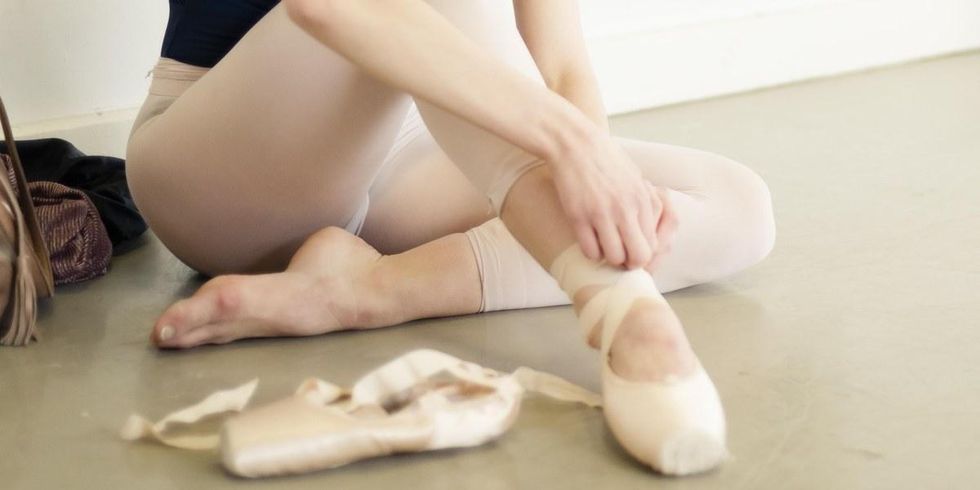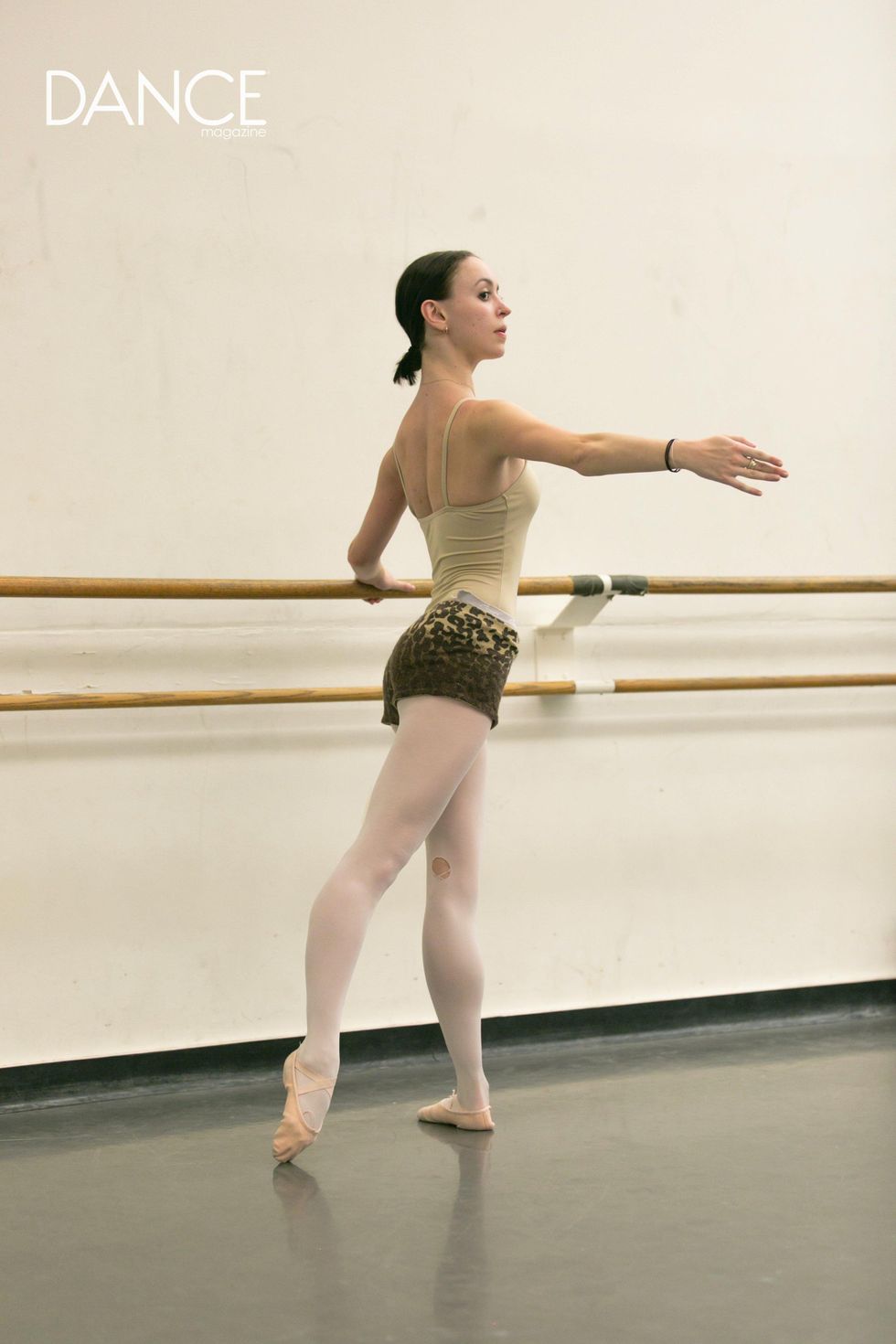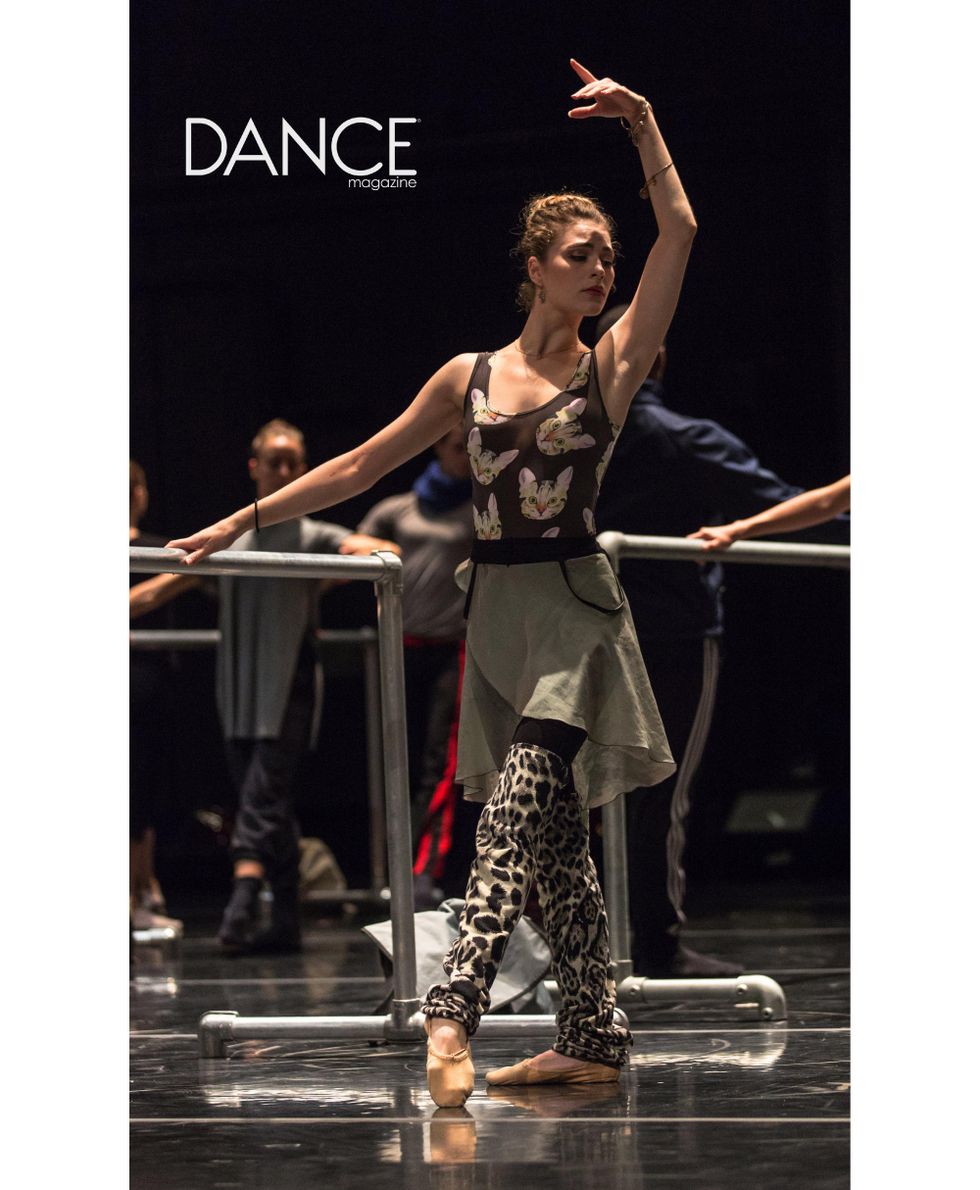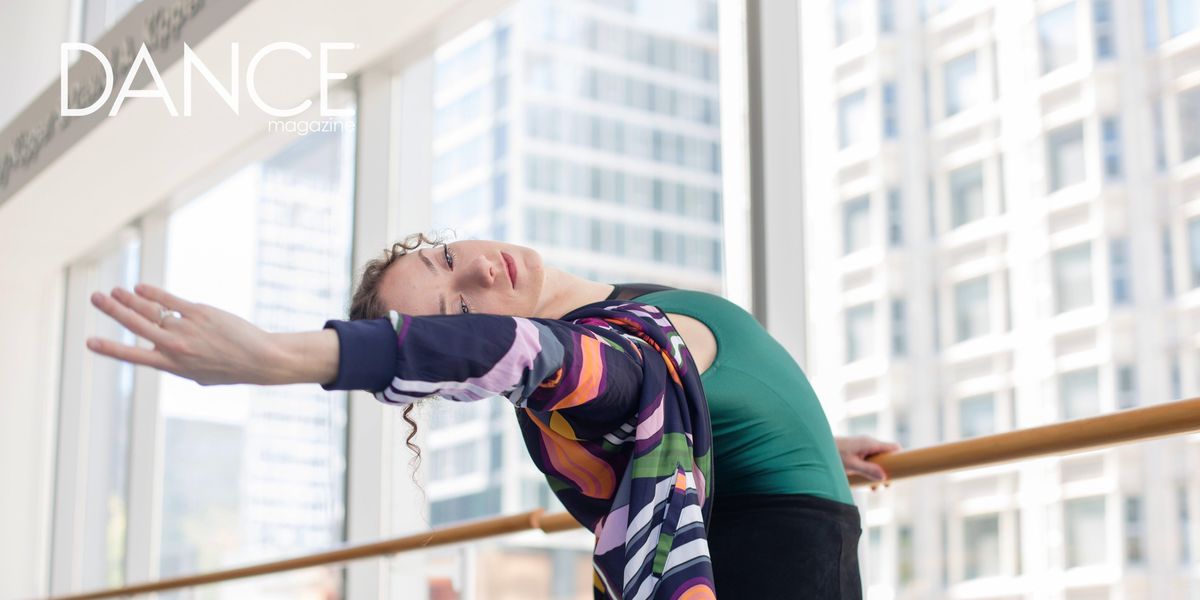Why Traditional Dancewear is Disappearing, and What That Might Mean for Your Technique
Ballet students have always been subject to the strictest dress codes in the dance world. But with the rise of athleisure, some dancers are moving away from leotards and tights to sport a more casual studio look. Though the disappearance of formal dancewear may be welcome from a comfort point of view, does it have bigger implications for your technique?
Socks or Shoes?
Dawn Hillen, ballet teacher at the Ailey Extension and Steps on Broadway, generally puts function above form, though she notes that the two aren’t always mutually exclusive: “When a student comes to class, the most important thing is that they be able to deliver the movement in the style that we’re working on. Ballet is done in shoes for a reason—the shoes protect and support feet.”

PC Liza Voll
Yuka Kawazu, who teaches at Ballet Arts in New York City, has a more relaxed attitude toward ballet slippers, but is still strict when it comes to safety: “I would never want any of my students to get injured during class, so I make sure students tuck their laces inside their shoes.” Both teachers agree that socks should only be worn only occasionally and with a clear purpose: to examine the movement of the foot or decrease friction in a turn.
And as for bare feet, the decreased cushion on landings can make jumps dangerous, so always opt for shoes during centerwork.
Trading Tights for Pants
Modern alterations to legwear tend to focus on function: microfiber in tights allows dancers to move more freely, while spandex and other synthetic fiber warm-ups keep muscles from fatigue. But these materials have their downsides. Hillen notes: “If we’re looking to create a ballet line, then baggy clothes hide the form and get in the way. Tights make a dancer feel pulled up, and ballet needs to be pulled up.” Kawazu explains that many beginners don’t appreciate the value of tights at first, but “after a few classes, students realize that they need tighter clothes for optimal movement.”

American Ballet Theatre’s Skylar Brandt layers patterned shorts onto a otherwise classic look. PC Quinn Wharton.
Going Casual
“Since ballet is a classical art form and we’re creating a masterpiece,” Hillen notes, “wearing shorts and bare feet takes us away from the idea of classical beauty. Mismatched outfits and messy dancewear—those used to be earned, once you were hired by a company.” And of course, there are technical reasons for many of ballet’s style rules: for example, ponytails can throw off dancers’ spot during pirouettes.

Marjorie Feiring adds her own style to a functional, formal look. PC Quinn Wharton.




